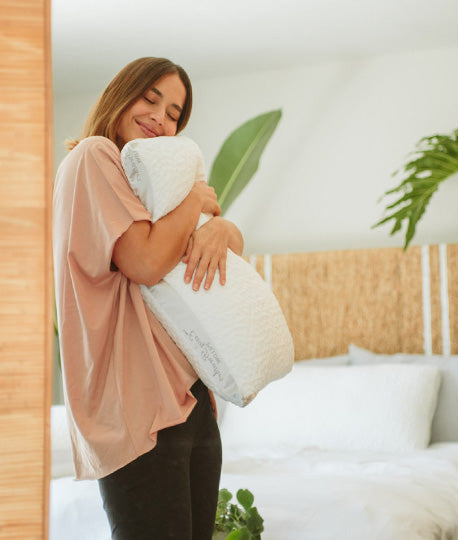Pros and Cons of Different Types of Mattresses

If you have gone mattress shopping lately, you know how difficult it is to simply select the size and material let alone the type of mattress you want. Words like “foam”, “springs”, “latex” are coming at you from all sides, and if you are a novice, then you will just be at the mercy of the salesperson’s selling skills and preferences than your own.
Mattresses are expensive investments, ones that you would have to sleep on for years to come, and so it is important that you make the right decision based on your needs. Following is a list of some of the most popular types of mattresses available in the market:
Polyurethane Foam Mattress
These mattresses are ideal if you are looking for a cheap, short-term solution. Polyurethane foam has decent resistance to body impression, however the ability depends on the density and quality of the mattress that you purchase.
Pros: They are quite inexpensive and relatively easier to move from one place to the other.
Cons: They aren’t the most resilient mattresses available in the market, and offer little support.
Memory Foam Mattress
This is what foam mattresses have evolved into. This evolution in bedding are based on the space-age mattresses that NASA use’s to ensure utmost comfort while sleeping. Memory foam is also a type of polyurethane foam with additional chemicals to increase its density and viscosity. It is also referred t as “viscoelastic” or low-resilience polyurethane foam.
Pros: Memory foam mattresses minimize pressure points and adjust and support weight of every individual body.
Cons: Some consumer tests conducted show that memory foam can be too absorbing, which makes it difficult to shift weight while sleeping.
Latex Mattress
These mattresses are highly heat sensitive as the foam is designed to absorb energy. Latex mattresses offer elasticity, compression modulus, durability, and comfort. Latex mattresses can be made from natural rubber or from a chemical called Styrene Butadeine, the former offers more support and thus is more costly. You can also choose between Dunlop, which is made from a denser form of latex or Talalay, which is made using a vacuum method which requires lesser raw material. The choice between these depends on the softness or firmness you require.
Pros: Latex mattresses are allergy resistant and are very durable. A quality latex mattress can last for over 20 years.
Cons: Latex mattresses are notorious for their high costs. They also require flexible slat base that needs to be purchased separately.
Air Mattress
Air mattresses have come a long way from simply being water toys or camping solutions, today there are various air beds and air mattresses available in the market. Air mattresses are still evolving, and it will be some time before they will be able to compete with other, more reliable types. Currently 23% of air mattress buyers return them within the guarantee or home trial period.
Pros: They are light-weight, portable and easy to store. Some air mattresses available in the market also include electronic controlled air pockets that help adjust the firmness.
Water Bed
Waterbeds were first introduced during the nineties and have come a long way since then. Waterbeds today come in all shapes, sizes, firmness’s and other added perks like with or without waves.
Pros: Waterbeds are good for those looking for softer mattresses or those with back problems.
Cons: Waterbeds are not suitable for people with motion or sea sickness, bladder control problems and inner ear infections.
At Nest Bedding we carry a wide variety of different mattresses made from these materials, all through the filter of organic, natural or non-toxic and all made in the USA. Please visit our Organic and Natural Mattress and Bedding store to shop.





